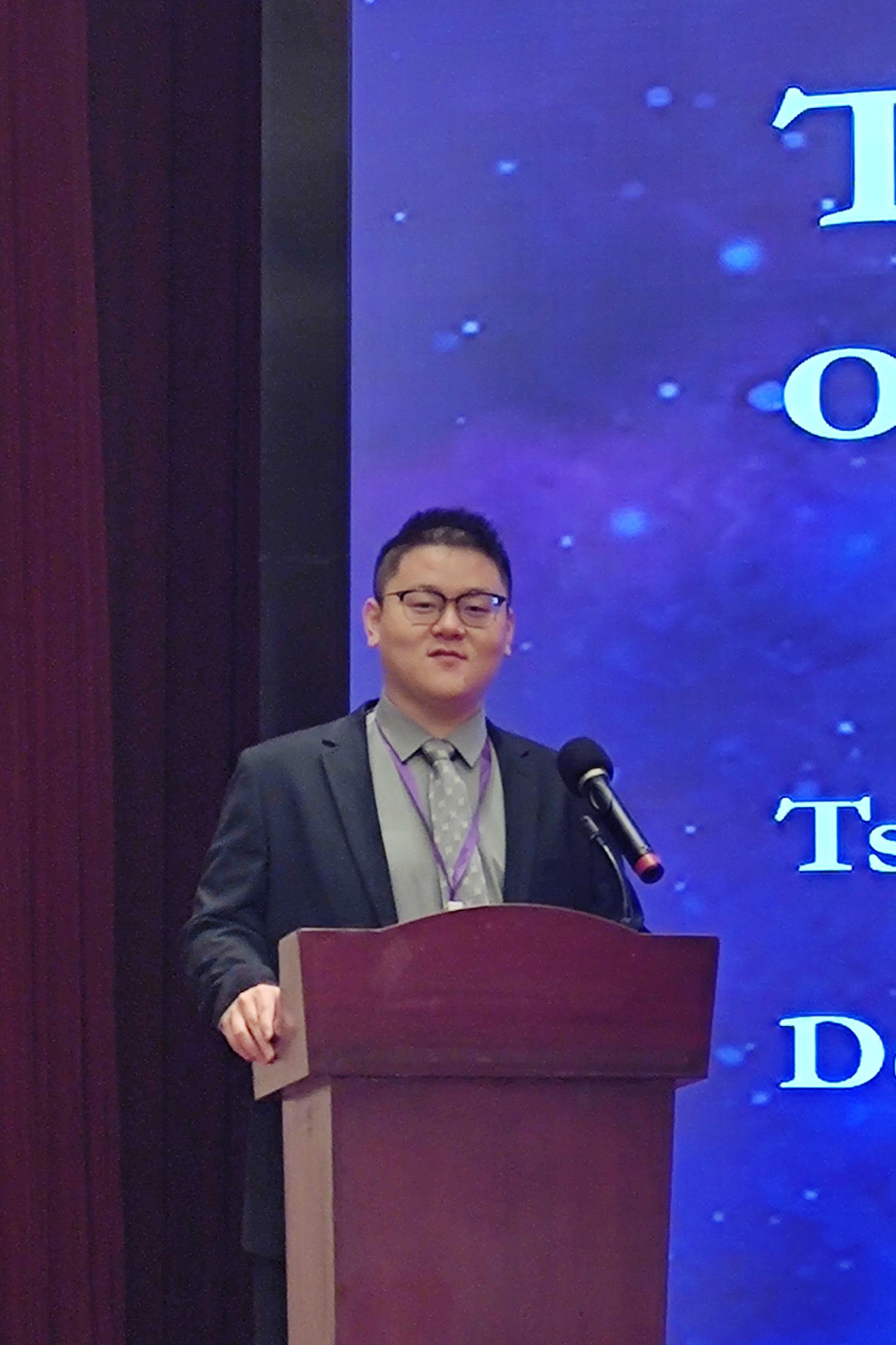Abstract:
The recent 230 GHz observations from the Event Horizon Telescope (EHT) collaboration are able to image the innermost structure of the M87 galaxy showing the shadow of the black hole, a photon ring, and a ring-like structure that agrees with thermal synchrotron emission from the accretion disc. However, at lower frequencies, M87 is characterized by a large-scale jet with clear signatures of nonthermal emission. In our study, we aim to investigate how nonthermal electron distributions may affect black hole shadow images and the broadband spectrum energy distribution (SED) function. Furthermore, the radiative cooling effect will change the electron temperature distribution and the image morphology of the shadows; for instance, diffuse extended jets may become brighter. Therefore, we also investigate the radiative cooling effect on black hole shadow images. We performed general relativistic radiative transfer (GRRT) calculations in various two-temperature general relativistic magnetohydrodynamic (GRMHD) models utilizing different electron heating prescriptions coupled with different electron distribution functions (eDFs) and different mass accretion rates. We found that the emission from the nearside jet region is enhanced in the case of electron heating provided by magnetic reconnection and it will increase if the contribution from the regions with stronger magnetization is included or if the magnetic energy contribution to κ eDF mainly in the magnetized regions is considered. Compared with the noncooling cases, the emission from the nearside jet region is enhanced when we consider the cooling effect.

